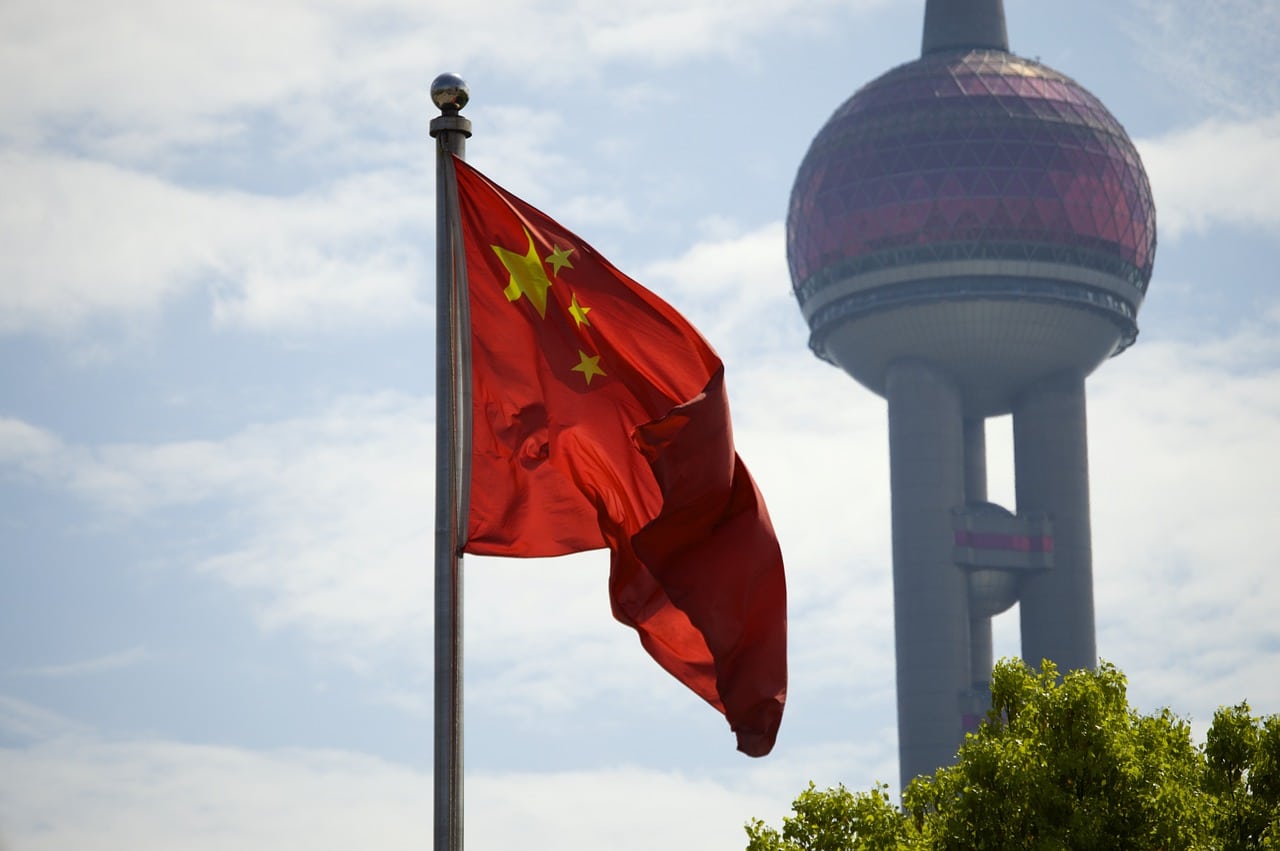On Monday, the central bank of China reduced its key lending rates in an unexpected move in order to give demand a boost.
This was after economic data showed that there was an unexpected slowdown in the previous month, as the zero-COVID policy of Beijing and the property sector rout, squeezed retail and factory activity.
Grim data
The grim data shows that the second largest economy in the world is struggling to shake off the hit that economic growth had taken in the June quarter due to strict COVID curbs.
This resulted in some economists downgrading their projections. There was a 3.8% rise in industrial output in July as opposed to a year earlier.
However, the National Bureau of Statistics (NBS) revealed that it was below the June expansion of 3.9% and well below the 4.6% increase that had been expected.
As for retail sales, they had only begun growing back in June and saw a rise of 2.7% in July, as compared to last year.
This was way below the growth of 5.0% that had been expected in the previous month and below June’s growth of 3.1%.
Market analysts said that the data for the month of July showed that the post-lockdown recovery had faltered.
The reopening of the economy had given it a one-off boost, but that had fizzled out in the face of mortgage boycotts that saw the property sector decline once more.
They added that the PBoC was already providing support to deal with the headwinds, but it was unlikely to prevent more economic weakness.
Declines
After the data, local shares ended up paring gains, while the onshore yuan also weakened against the US dollar to hit a one-week low.
Meanwhile, the Australian and New Zealand dollars also came down from the recent high levels of two months.
The June quarter had seen the Chinese economy escape a contraction narrowly, which had been suffering due to softening in consumer spending, the decline in the property sector, and Shanghai’s lockdown.
The risks have not yet eased, as new lockdown measures were imposed in many Chinese cities in July, including popular tourist hotspots and manufacturing hubs.
This was after fresh outbreaks were discovered of the more transmissible Omicron variant.
GDP
July also saw the Chinese property sector deteriorate, which has already suffered due to a mortgage boycott that saw buyer sentiment decline.
Last month, there was a 12.3% decline in property investment, the fastest drop this year, while a 28.9% drop was also recorded in new property sales.
Economists have lowered their gross domestic product (GDP) forecasts for the third quarter after the weaker-than-expected data by a full percentage point.
They have also warned that there could be more downgrading, depending on the strength of Chinese exports.
The People’s Bank of China (PBoC) lowered its interest rates in a surprise move on Monday in order to boost growth.
This is the second time the central bank has done so and benchmark lending rates are expected to be reduced in the next week as well.


